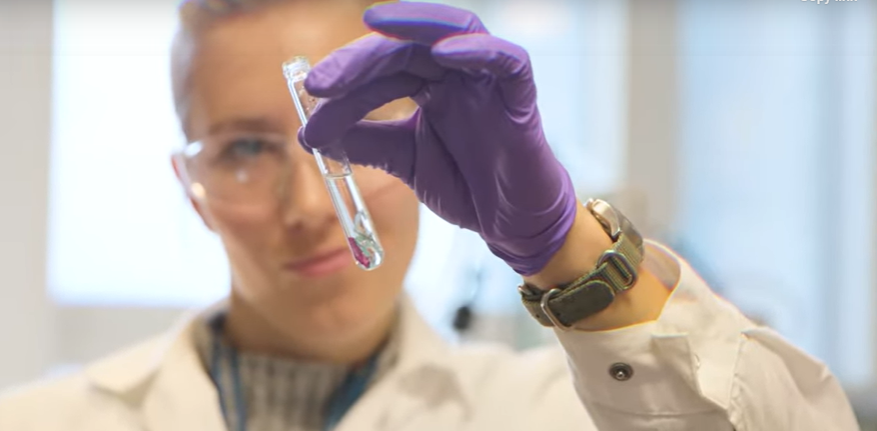Taylor Uekert (c2016) and co-authors highlight key steps for taking a solar waste-to-hydrogen technology from the lab to the real world.
With 70% of global municipal solid waste lost to landfills or the environment each year, methods for managing and reclaiming the value in waste are urgently needed. One potential option is photoreforming: a simple, sunlight-driven process that uses a photocatalyst to break down polymeric waste and water into pure hydrogen fuel and organic chemicals.
In their recent review in the journal Nature Sustainability, Taylor Uekert (NanoDTC Student c2016) and colleagues from the Reisner Lab in Cambridge University’s Department of Chemistry discuss state-of-the-art photoreforming research from a systems perspective. This work built upon the group’s experimental expertise in photoreforming of plastic, biomass and mixed wastes over efficient and inexpensive photocatalysts, and aimed to determine whether photoreforming is really as sustainable and cheap as the research community often claims.
By conducting techno-economic and life cycle analyses of waste photoreforming, Taylor Uekert showed that the carbon footprint of photoreforming is competitive with industrial technologies, but that the price of the produced hydrogen is still prohibitively high. The study then highlighted key targets for improving the feasibility of the overall process. These recommendations will be explored by Michael Stanton (former NanoDTC Student c2015) during his Translational Prize on the commercialisation potential of photoreforming.
Reference: T. Uekert, et al. Solar-driven reforming of solid waste for a sustainable future. Nat. Sustain. (2020) DOI: 10.1038/s41893-020-00650-x. https://rdcu.be/cbuVS
Also see Taylor Uekert and Prof. Erwin Reisner discuss photoreforming and the Cambridge Creative Circular Plastics Centre in this video: https://www.cam.ac.uk/research/news/plastic-the-new-fantastic

